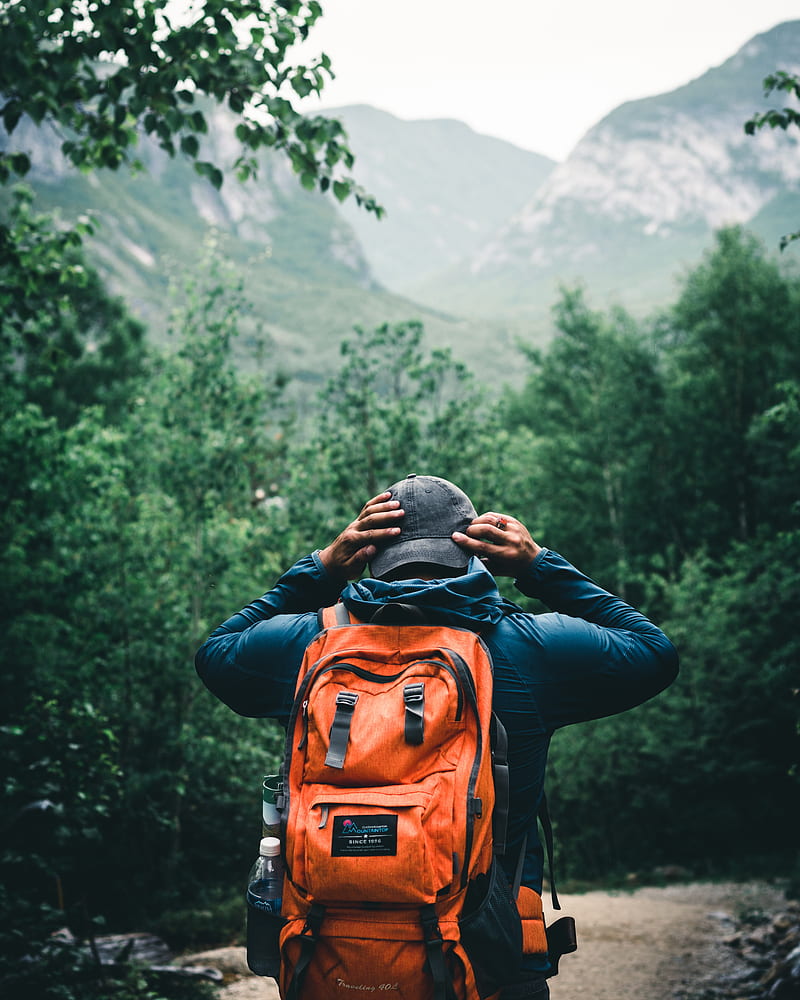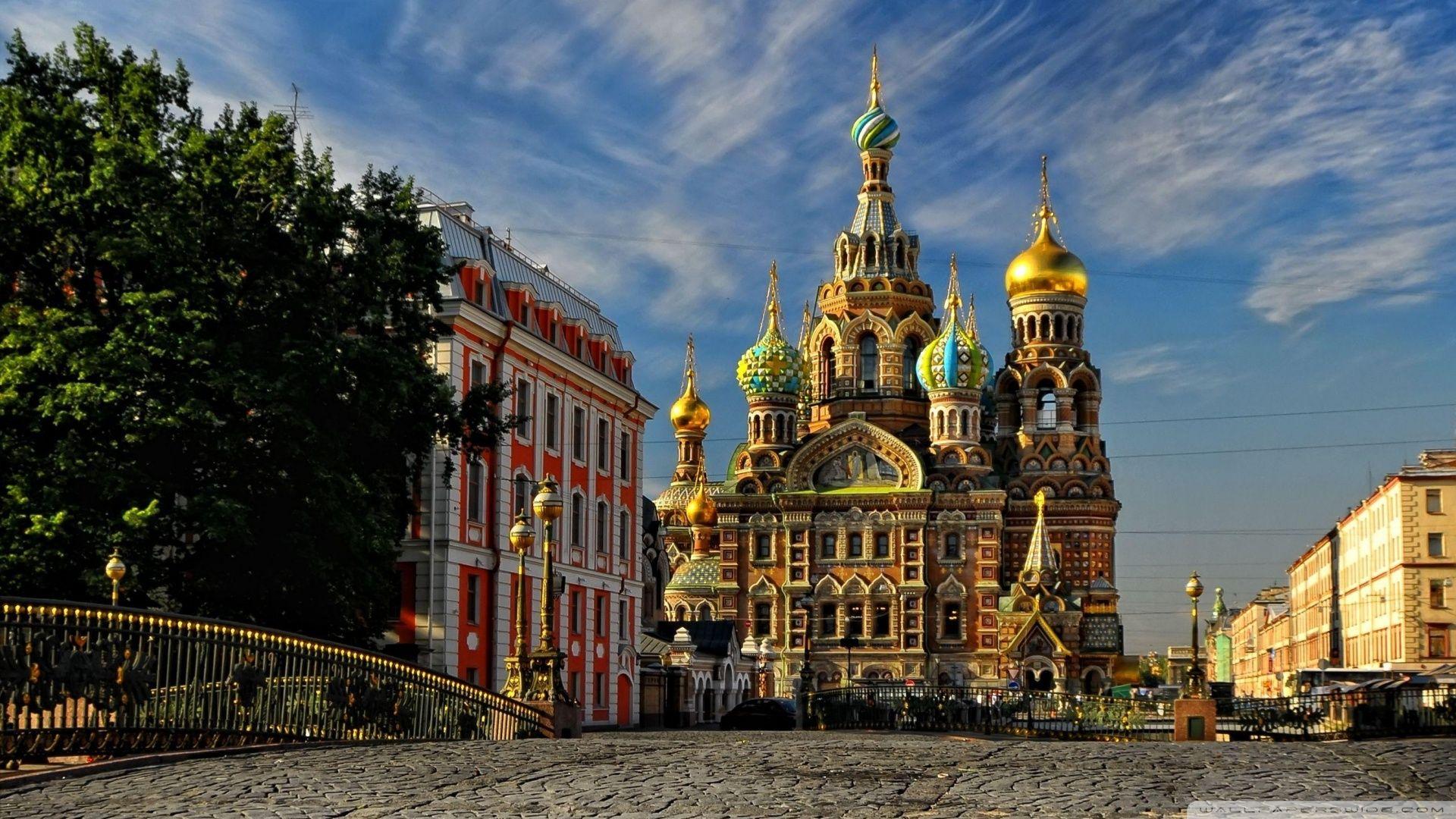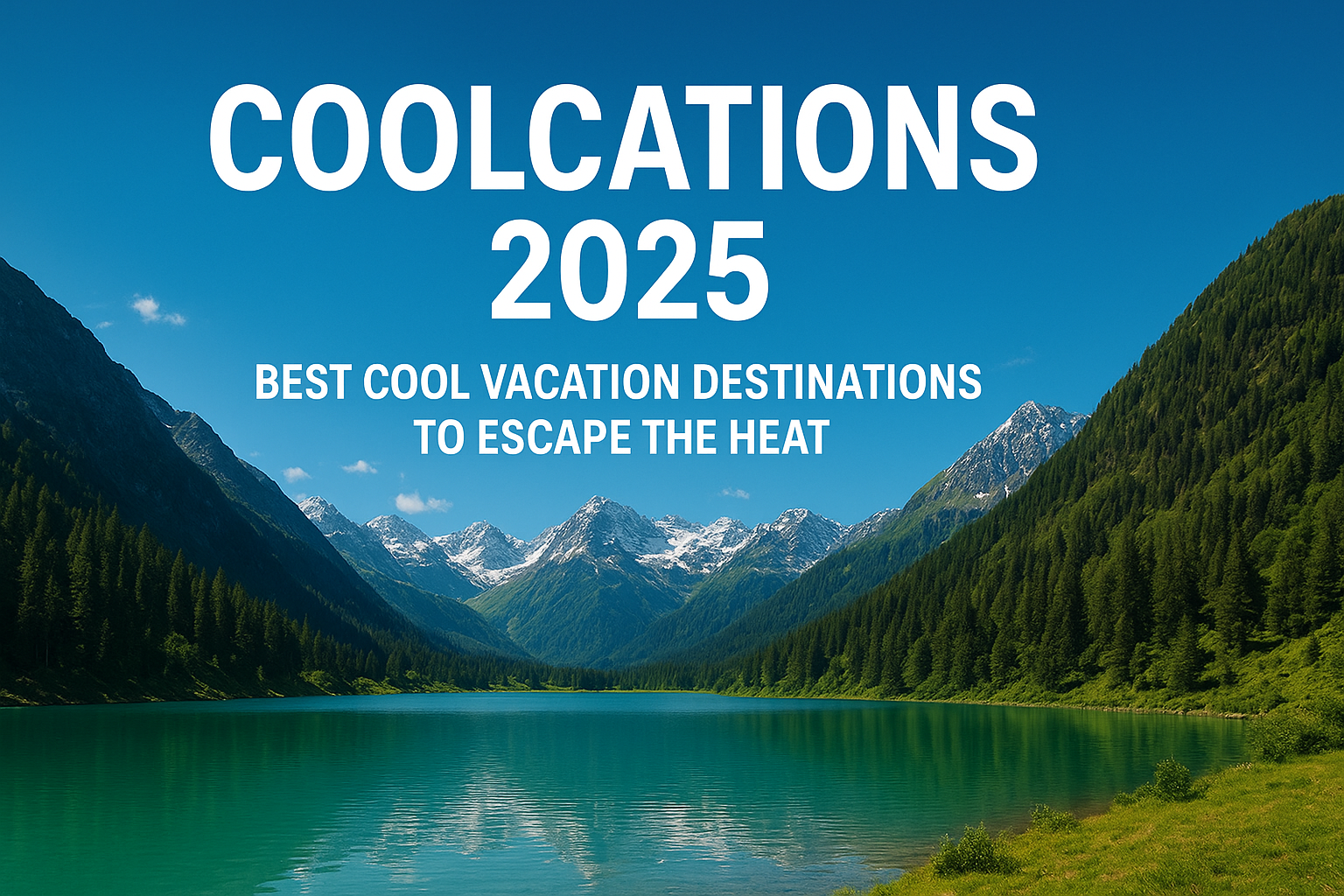Discover Russia’s breathtaking diversity on Wanderingtoofar.com. From majestic mountains and verdant valleys to frozen tundras and sun-kissed sands, this vast country offers an array of natural wonders that will leave you in awe.
Explore Russia’s oldest cities, such as Moscow and St. Petersburg, where imperial splendor endures in grand architecture, lush parks, bustling shopping centers, and even opulent metro stations.
Venture further afield to Siberia and the Far East to witness the ethereal beauty of the tundra, the dazzling Northern Lights, awe-inspiring volcanoes, and an abundance of skiing adventures.
Join us as we uncover Russia’s gilded palaces and expansive natural landscapes in our guide to the best places to visit.
On This Page:
- Lake Baikal
- Moscow
- St. Peterburg
- Altai
- Sochi
- The Russian Tundra
- Peterhof
- Olkhon Island
- Petropavlovsk-Kamchatsky
- Vladivostok
1. Lake Baikal
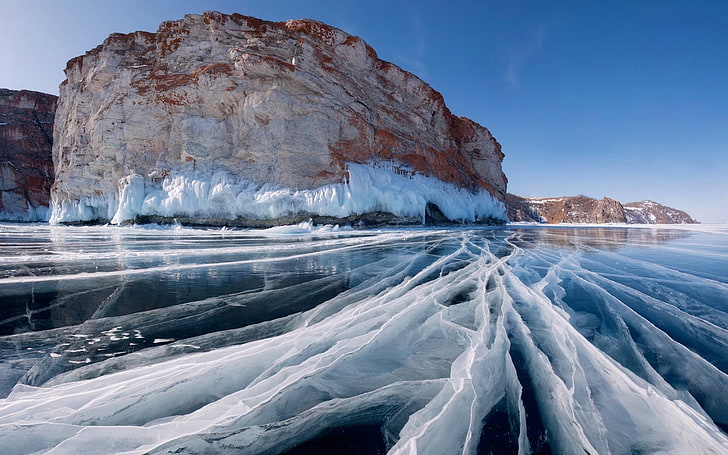
Lake Baikal is a record-breaking natural wonder. Located in Siberia, it is the oldest (estimated at 25 million years) and deepest lake in the world, with a maximum depth of 1,642 meters. Additionally, Lake Baikal holds the title of the largest freshwater lake globally, containing over 20 percent of the world’s freshwater.
Known for its remarkable clarity, Lake Baikal’s transparency is especially evident in winter. In some areas, you can see up to 40 meters down into the water, despite the lake’s surface being frozen for up to five months of the year.
During August, the lake’s water temperature can reach around 16 degrees Celsius, allowing for quick dips or short swims. For the remainder of the year, the temperature typically remains below five degrees Celsius.
In the summer, Lake Baikal is a popular spot for kayaking, boat cruises, and island hopping, where visitors can explore its stunning shorelines and beaches. In winter, the frozen lake becomes a playground for cross-country skiing and exploring the icy Tazheran Steppes caves.
How to Get There from Moscow:
Public Transport:
- By Train: The Trans-Siberian Railway offers a scenic route from Moscow to Irkutsk, the closest major city to Lake Baikal. The journey takes about 3.5 days (approximately 87 hours), with ticket prices ranging from $150 to $700, depending on the class and type of train.
- By Plane: Flights from Moscow to Irkutsk take around 5-6 hours. Prices for a one-way ticket typically range from $100 to $300. From Irkutsk, you can take a bus or taxi to reach Lake Baikal, which is about 70 km away.
Private Transport:
- By Car: Driving from Moscow to Lake Baikal is a long journey of approximately 5,200 kilometers, taking around 60-70 hours of driving time. Renting a car can cost between $50 to $150 per day, excluding fuel and accommodation costs along the way.
Best Time to Visit:
The best time to visit Lake Baikal depends on the activities you’re interested in. For summer activities like kayaking, boat cruises, and swimming, visit between July and August when the weather is warmest. For winter sports and to see the spectacular frozen lake, plan your trip between January and March, when the ice is at its thickest and most beautiful.
2. Moscow
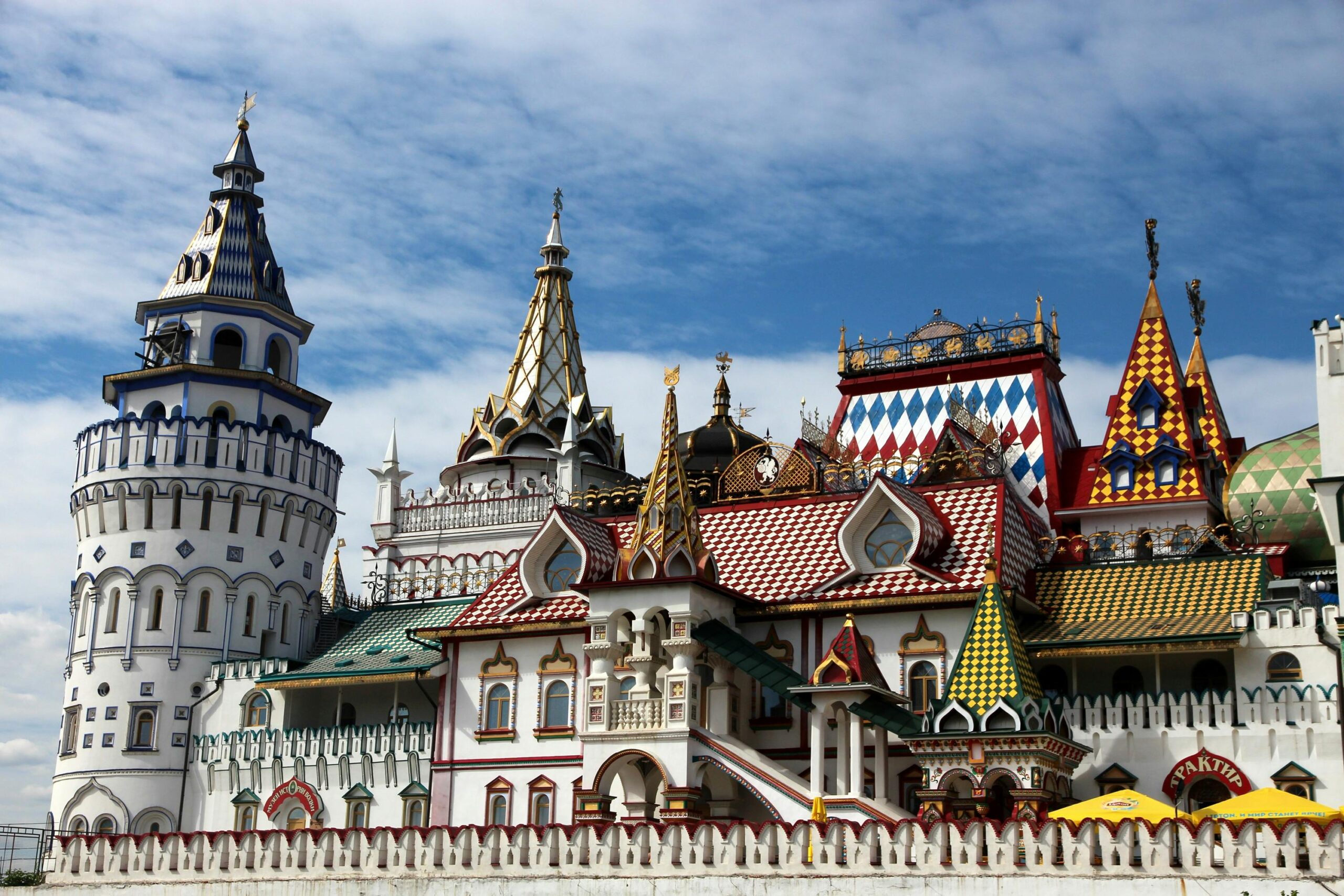
Most international flights either arrive in or pass through Moscow, making it easy to plan a stopover to explore Russia’s vibrant capital. Moscow offers a captivating blend of greenery, stunning architecture, and rich historical sites.
Begin your exploration in the city center, where iconic landmarks like the Kremlin, Red Square, and the colorful St. Basil’s Cathedral await. The GUM shopping mall, with its impressive glass and steel roof, is a must-visit—even if luxury brands are out of your budget, it’s a great place to sample authentic Russian cuisine.
Moscow boasts several world-class museums. The State Tretyakov Gallery features exclusively Russian art, while the Pushkin Museum offers a more international collection. At the Kremlin Armory Museum, you can marvel at unique artifacts such as Ivan the Terrible’s ivory throne and opulent imperial carriages.
The Bolshoi Theater, one of the world’s premier ballet and opera venues, is a cultural highlight worth visiting if you can secure tickets.
To truly appreciate Moscow, take time to walk through its charming neighborhoods. Stroll along the pedestrian-only Stary Arbat street and enjoy the scenic boardwalk by the River Moskva.
Moscow’s Metro stations are artistic masterpieces, adorned with porcelain reliefs, crystal chandeliers, and intricate mosaics, resembling subterranean palaces. Notable stations include Mayakovskaya, with its ceiling mosaics and pink rhodonite columns, and Kiyevskaya, decorated with white marble, frescoes, and elaborate artworks.
How to Travel to Places in Moscow:
From Moscow:
- By Metro: Moscow’s extensive and efficient Metro system connects all major parts of the city, with prices starting at around 60 rubles ($0.80 USD) for a single ride.
- By Taxi: Taxis are readily available, with rides within the city center typically costing between 500-1500 rubles ($7-$20 USD) depending on distance and traffic.
Best Time to Visit:
The best time to visit Moscow is from late spring to early autumn (May to September) when the weather is pleasant for outdoor activities and sightseeing. During these months, you can enjoy the city’s parks, river cruises, and open-air events. Winter (December to February) is also a magical time to visit if you want to experience Moscow’s festive atmosphere, snow-covered landmarks, and ice skating rinks.
3. St. Petersburg
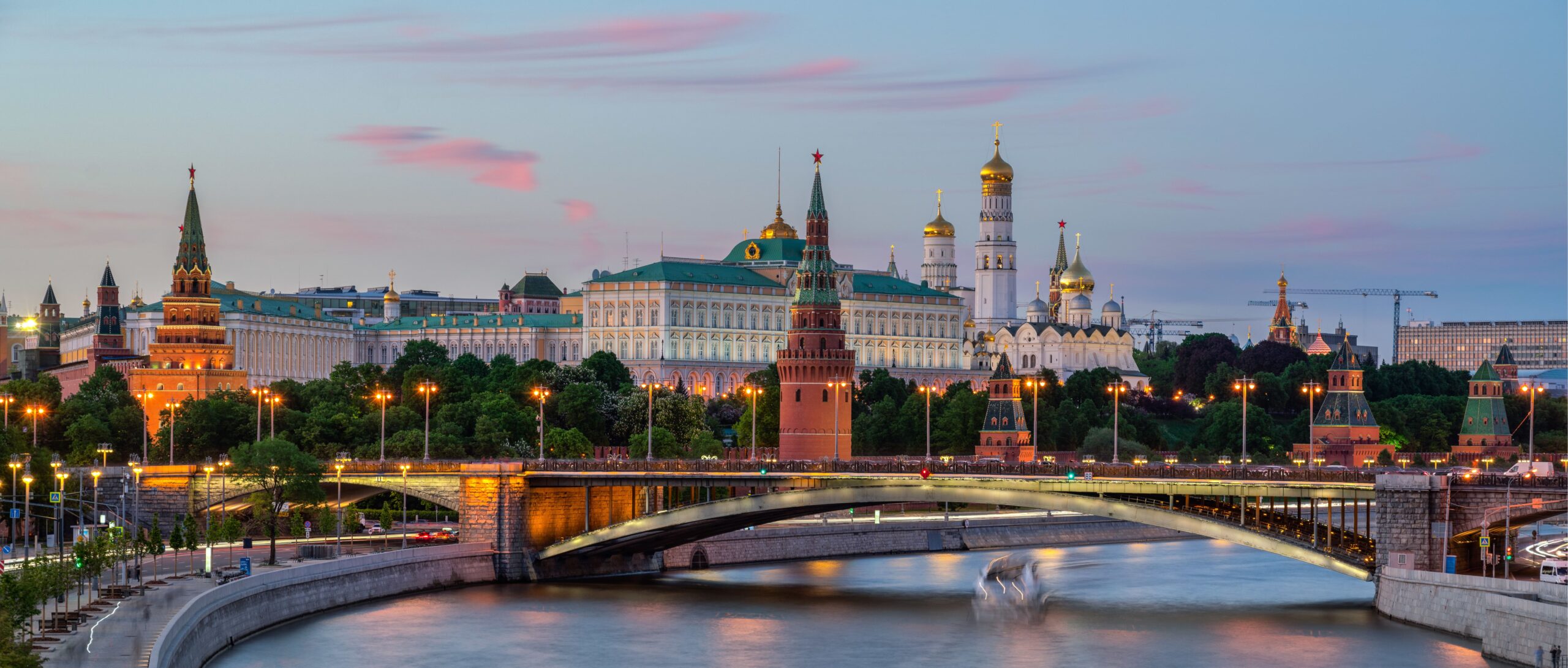
Though smaller than Moscow, St. Petersburg offers a wealth of attractions, making it difficult to see everything in just one day. With its European charm, fine art, and intricate design details, the city seamlessly blends history with beauty at every turn. Explore on foot to appreciate the architecture up close, or take a cruise along the 300 kilometers of canals that weave through this imperial city.
For a dazzling display of white and gold, visit Moika Palace, famous for being the site of Rasputin’s assassination, and St. Isaac’s Cathedral, a 19th-century neoclassical marvel that now serves as a Russian Orthodox museum.
The Hermitage Museum, St. Petersburg’s most renowned attraction and the second-largest art and culture museum in the world, boasts a collection of over three million items. These range from prehistoric art, including artifacts from the nomadic tribes of Altai, to Catherine the Great’s extensive art collection.
A visit to Peterhof Palace, located about 25 kilometers outside St. Petersburg, is highly recommended. Built in the early 1700s as a summer residence for Peter the Great, this grand palace bears a striking resemblance to the Palace of Versailles in France.
How to Get There from Moscow:
Public Transport:
- By Train: The Sapsan high-speed train travels from Moscow to St. Petersburg in about 4 hours. Tickets range from $40 to $120 depending on the class and booking time.
- By Plane: Flights from Moscow to St. Petersburg take approximately 1.5 hours. One-way tickets typically range from $50 to $150. From the airport, you can take a taxi or public transport to the city center.
Private Transport:
- By Car: Driving from Moscow to St. Petersburg covers a distance of around 700 kilometers and takes approximately 8-10 hours. Car rental prices range from $50 to $150 per day, excluding fuel and potential toll costs.
Best Time to Visit:
The ideal time to visit St. Petersburg is from late spring to early autumn (May to September) when the weather is warm and the city is alive with festivals and events. The famous White Nights in June, when the city enjoys nearly 24 hours of daylight, is a particularly enchanting time to visit. Winter (December to February) offers its own charm, with snow-covered streets and festive decorations creating a magical atmosphere.
4. Altai
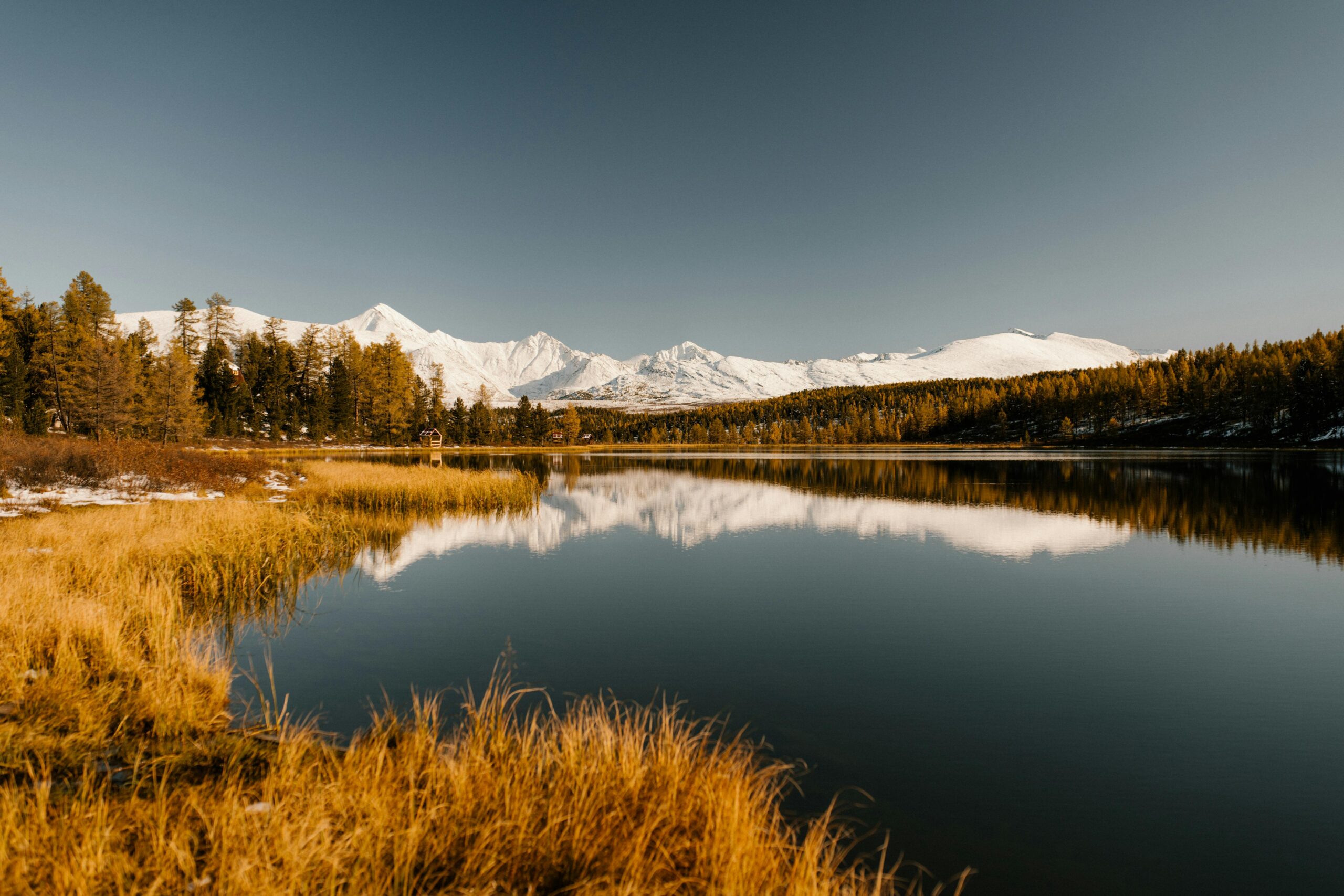
The Altai Mountains in Siberia stretch across Russia, China, Kazakhstan, and Mongolia. Traditionally home to various ethnic groups engaged in horse husbandry and forestry, this region is a popular destination for both local and international tourists. The Altai Mountains, along with several natural reserves and lakes, are part of a UNESCO World Heritage Site.
Altai’s untouched beauty is a major draw, with frozen rivers and snowcapped mountains attracting cross-country skiers and outdoor enthusiasts in winter. In summer, hikers (particularly around the Aktru Glacier), kayakers, and climbers flock to the region. Unique activities like diving, cave exploring, and herb and mushroom picking are also popular here.
A notable site in the Altai region is the Denisova Cave, famous for its bone fragments, artifacts, and even prehistoric horse remains dating back 50,000 years.
The resort town of Belokurikha serves as a popular starting point for Altai adventures, with many tourism agencies offering organized trips from there.
How to Get There from Moscow:
Public Transport:
- By Plane: The quickest way to reach Altai is to fly from Moscow to Gorno-Altaysk, the nearest airport. Flights take about 4-5 hours, with ticket prices ranging from $100 to $300. From Gorno-Altaysk, you can take a bus or taxi to various destinations within the Altai region.
- By Train: Alternatively, you can take a train from Moscow to Barnaul, which takes around 40 hours. Ticket prices vary from $50 to $200 depending on the class. From Barnaul, buses and taxis are available to take you to Altai.
Private Transport:
- By Car: Driving from Moscow to the Altai region is a long journey of approximately 3,600 kilometers, taking around 50 hours of driving time. Car rentals cost between $50 to $150 per day, excluding fuel and accommodation costs along the way.
Best Time to Visit:
The best time to visit Altai depends on your preferred activities. For winter sports and snow-covered landscapes, visit between December and February. For hiking, kayaking, and other outdoor activities, the summer months of June to August offer the best weather. Spring (April to May) and autumn (September to October) are also beautiful times to visit, with fewer tourists and stunning natural scenery.
5. Sochi
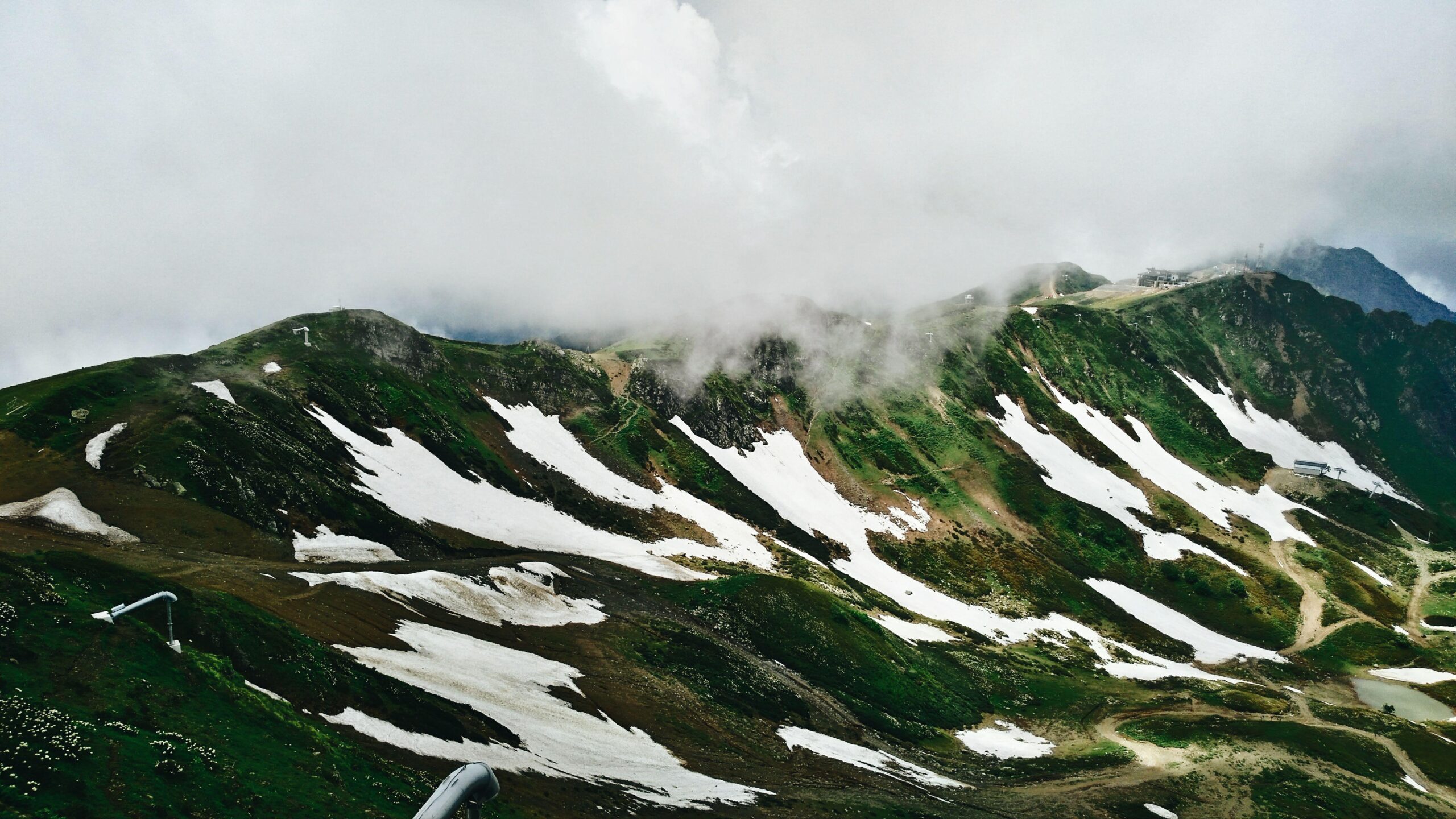
Sochi, a summer beach resort town on the Black Sea, boasts long stretches of pebble and sand beaches, striking examples of Stalinist architecture, and the renowned Kinotavr summer film festival. The town also offers a variety of spas and outdoor markets to suit all budgets and tastes. The Mzymta River, Russia’s longest, flows through Sochi and is a popular spot for rafting.
Just 50 kilometers from Sochi lies the 3,000-square-kilometer Caucasian State Nature Biosphere Reserve, a UNESCO World Heritage Site home to unique flora and fauna, including the endangered Persian leopard.
In winter, the nearby Rosa Khutor ski resort, a world-class alpine skiing area that hosted the 2014 Winter Olympic Games, becomes a prime destination for winter sports enthusiasts.
How to Get There from Moscow:
Public Transport:
- By Plane: The fastest way to reach Sochi is by flying from Moscow. Flights take about 2-2.5 hours, with ticket prices ranging from $50 to $200. From Sochi Airport, you can take a bus, train, or taxi to the city center.
- By Train: An overnight train from Moscow to Sochi takes about 24-30 hours. Ticket prices vary from $50 to $150, depending on the class. The train offers a scenic route through Russia’s countryside.
Private Transport:
- By Car: Driving from Moscow to Sochi covers approximately 1,600 kilometers and takes around 20-24 hours. Car rentals range from $50 to $150 per day, excluding fuel and accommodation costs along the way.
Best Time to Visit:
The best time to visit Sochi is from late spring to early autumn (May to September) when the weather is warm and ideal for beach activities and outdoor exploration. The summer months are particularly lively with festivals and events. For winter sports, the best time to visit is from December to February, when the nearby Rosa Khutor ski resort offers excellent skiing and snowboarding conditions.
6. The Russian Tundra
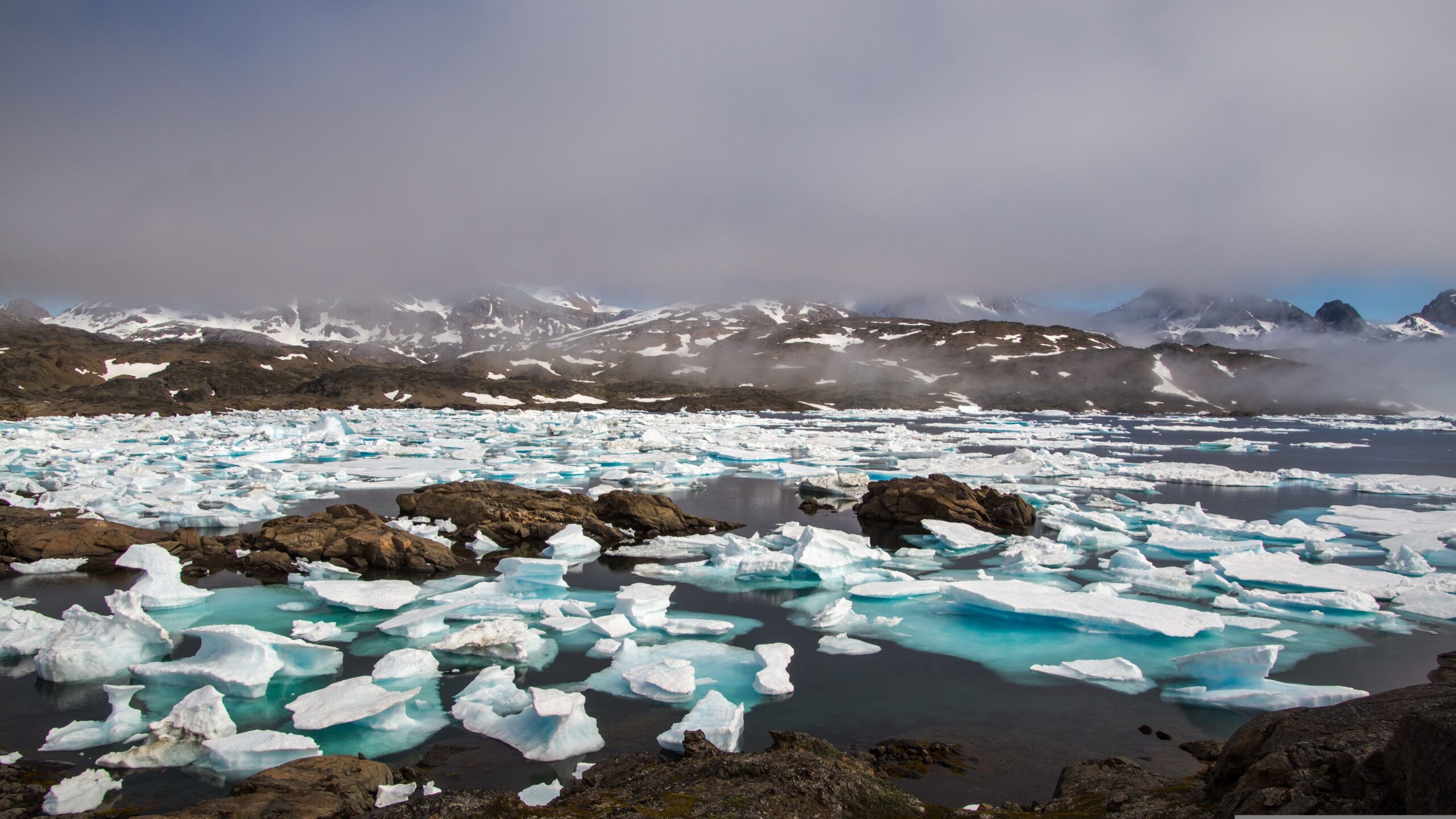
The tundra is a unique biome found only in or near the Arctic Circle, where frigid temperatures prevent trees from growing, allowing only moss, shrubs, and certain grasses to survive. Most of the tundra is synonymous with permafrost, where the ground remains permanently frozen. In summer, the top layer of ground thaws, creating marshes and streams that form striking patches of colorful icy water.
The Russian tundra is home to diverse wildlife, including polar bears, seals, gray wolves, and abundant bird species during nesting season. In recent decades, ecotourism has flourished in the tundra, particularly in the Great Arctic State Nature Reserve near Krasnoyarsk Krai. Visitors here can explore environmental routes, engage in bird-watching, or join educational tours.
Murmansk, located on the Kola Peninsula, not only offers breathtaking tundra views but is also an excellent base for tours to see the Northern Lights.
How to Get There from Moscow:
Public Transport:
- By Plane: The fastest way to reach the tundra is by flying from Moscow to Murmansk. Flights take about 2.5 hours, with ticket prices ranging from $50 to $200. From Murmansk, you can join guided tours to explore the tundra and see the Northern Lights.
- By Train: An alternative is taking a train from Moscow to Murmansk, which takes about 35 hours. Ticket prices vary from $50 to $150 depending on the class. The train journey offers a scenic view of Russia’s northern landscapes.
Private Transport:
- By Car: Driving from Moscow to Murmansk covers approximately 1,800 kilometers and takes around 24-26 hours. Car rentals range from $50 to $150 per day, excluding fuel and accommodation costs along the way.
Best Time to Visit:
The best time to visit the Russian tundra depends on your interests. For wildlife watching and exploring the thawed landscapes, visit during the summer months (June to August). If you are interested in seeing the Northern Lights, plan your trip between late autumn and early spring (October to March), when the nights are longest and the auroras are most visible.
7. Peterhof
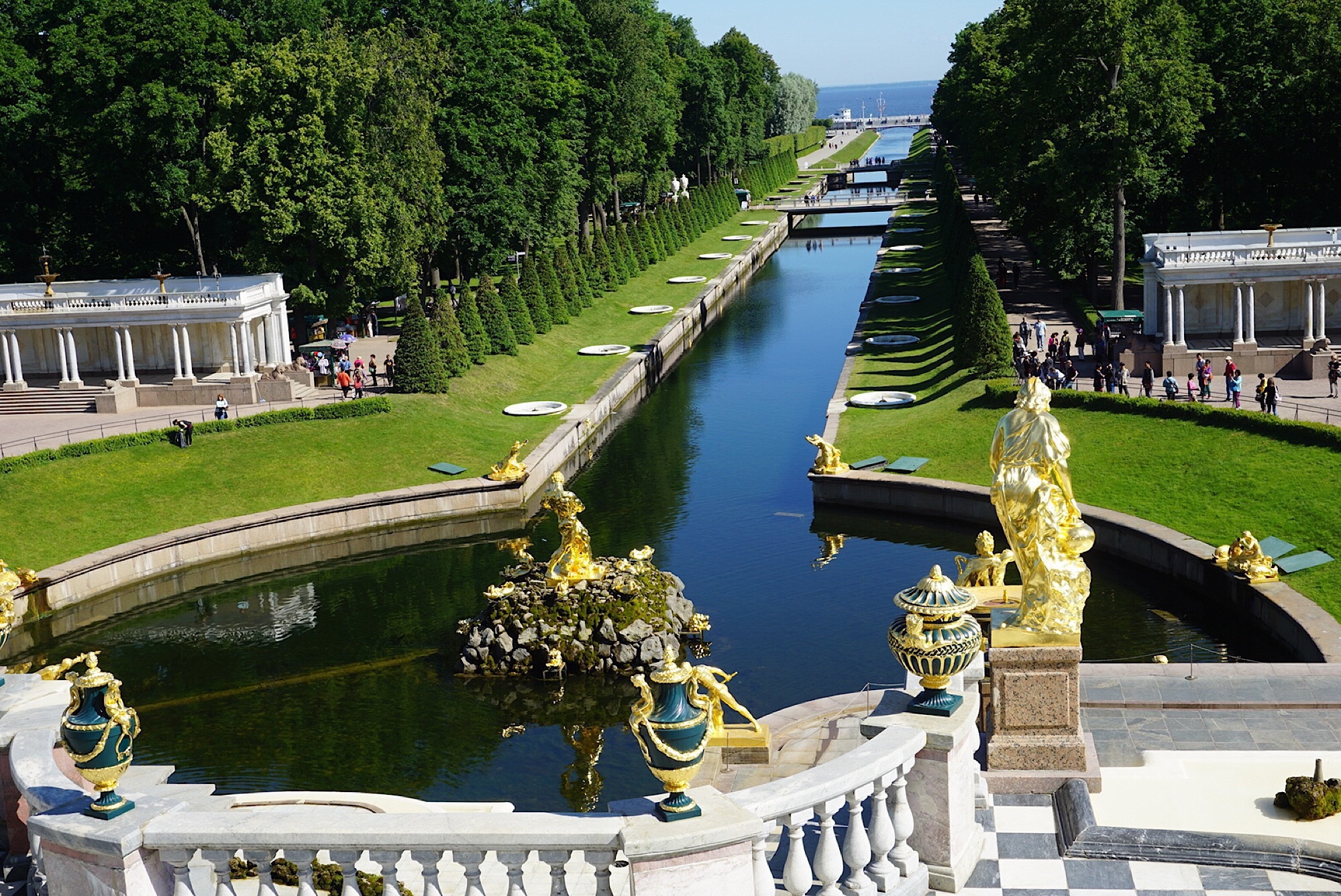
Peterhof, known for its university and a major Russian watch manufacturer, is best known for the magnificent Peterhof Palace. Designed and built in the early 1700s for Tsar Peter the Great, the palace resembles the Palace of Versailles and covers nearly 4,000 hectares.
The palace grounds feature 173 garden fountains, including the Grand Cascade fountains, which have special features that activate water jets when people approach. The lower gardens, designed in a French formal style, include marble statues, shaded walking paths, and an aviary pavilion.
The Grand Palace itself is an architectural marvel, adorned with gold details, art imported from Asia and the Far East, walls covered in authentic Chinese silk, and a massive ballroom with gilded carvings. The palace hosts 10 separate museums that display art, furniture, and items from the 18th century.
How to Get There from Moscow:
Public Transport:
- By Train and Bus: Take a high-speed train from Moscow to St. Petersburg, which takes about 4 hours (ticket prices range from $40 to $120). From St. Petersburg, you can take a bus or a hydrofoil to Peterhof, which takes about 30-40 minutes, costing around $5 to $15.
- By Plane: Flights from Moscow to St. Petersburg take about 1.5 hours, with ticket prices ranging from $50 to $150. From the airport, take a bus or taxi to the city center, then a bus or hydrofoil to Peterhof.
Private Transport:
- By Car: Driving from Moscow to Peterhof covers approximately 720 kilometers and takes around 8-10 hours. Car rentals range from $50 to $150 per day, excluding fuel and accommodation costs along the way.
Best Time to Visit:
The best time to visit Peterhof is from late spring to early autumn (May to September), when the gardens are in full bloom, and the fountains are operating. Summer months offer the best weather for exploring the palace grounds and enjoying outdoor activities. For a quieter experience with fewer tourists, consider visiting in May or September.
8. Olkhon Island
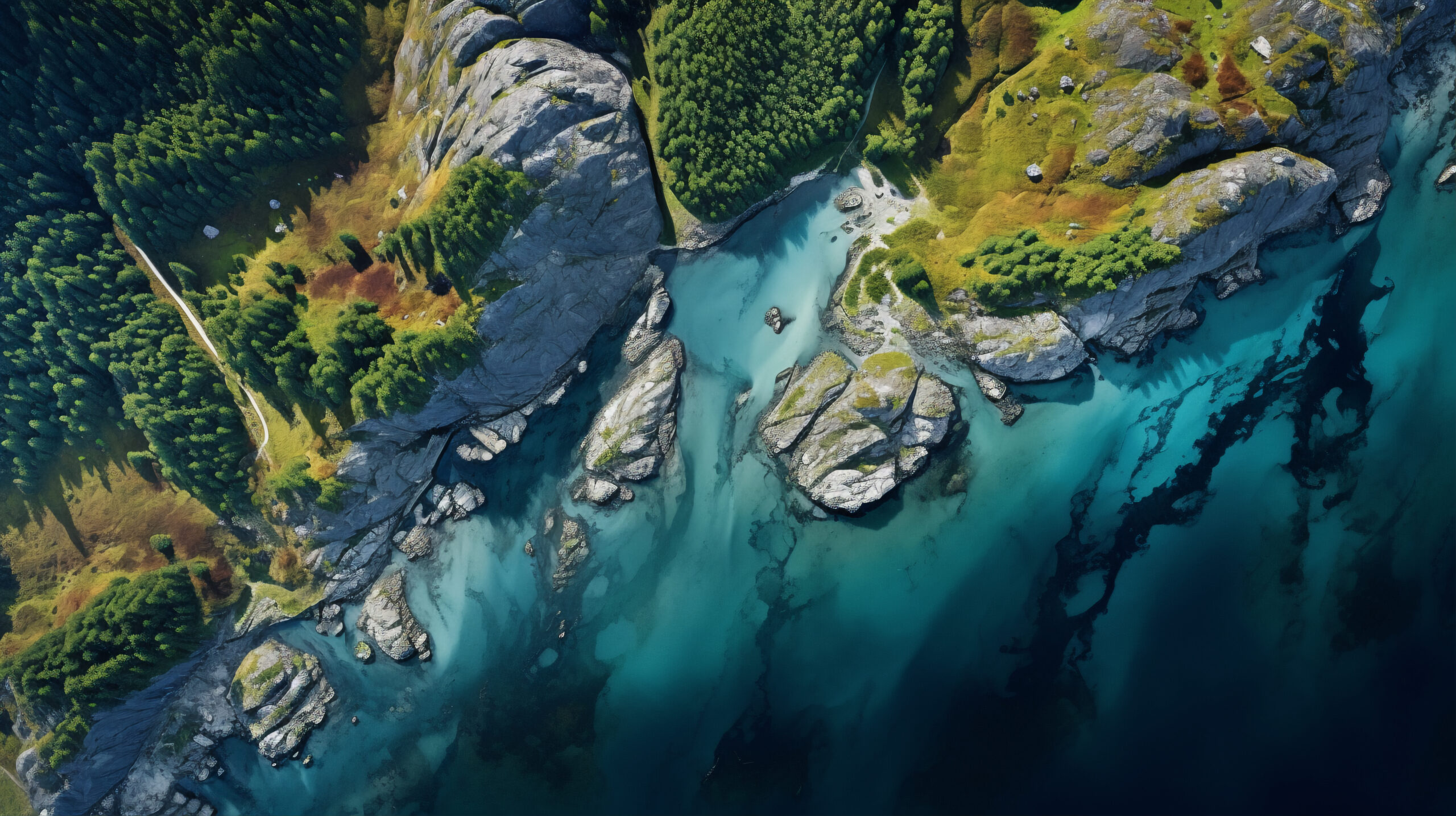
One of the world’s largest lake islands, Olkhon Island in Eastern Siberia is a place of steep mountains, lush forests, and taiga. It has a small permanent population, mainly composed of local Buryats, a Mongolic indigenous group who consider the island a powerful spiritual site.
Tourism on Olkhon Island is growing, with visitors coming to explore its coastal sand dunes and the abandoned Peschanaya Village, a former Soviet labor camp. The island is also known for its “walking trees,” where strong winds uncover tree roots on the beach, making them look like standing people.
Several semi-urban settlements are on the island, with Khuzir being the largest. Khuzir offers homestays for visitors and houses the small but intriguing National History Museum of Revyakin, which chronicles life on the island dating back to Neolithic times.
How to Get There from Moscow:
Public Transport:
- By Plane and Bus: Fly from Moscow to Irkutsk, a journey of about 5-6 hours with ticket prices ranging from $100 to $300. From Irkutsk, take a bus or minibus to the village of Sakhyurta (approximately 6 hours, costing around $15-$30). From Sakhyurta, take a ferry to Olkhon Island.
- By Train and Bus: Take the Trans-Siberian Railway from Moscow to Irkutsk, which takes about 3.5 days with ticket prices ranging from $150 to $500 depending on the class. From Irkutsk, follow the same bus and ferry route to Olkhon Island.
Private Transport:
- By Car: Driving from Moscow to Irkutsk covers approximately 5,200 kilometers and takes about 4-5 days. Car rentals range from $50 to $150 per day, excluding fuel and accommodation costs. From Irkutsk, drive to Sakhyurta and take the ferry to Olkhon Island.
Best Time to Visit:
The best time to visit Olkhon Island is during the summer months (June to August) when the weather is warm and the island’s natural beauty is at its peak. This period is ideal for outdoor activities such as hiking, exploring sand dunes, and visiting historical sites. For those interested in experiencing the spiritual significance of the island and its serene landscapes, late spring (May) and early autumn (September) offer pleasant weather and fewer tourists.
9. Petropavlovsk-Kamchatsky
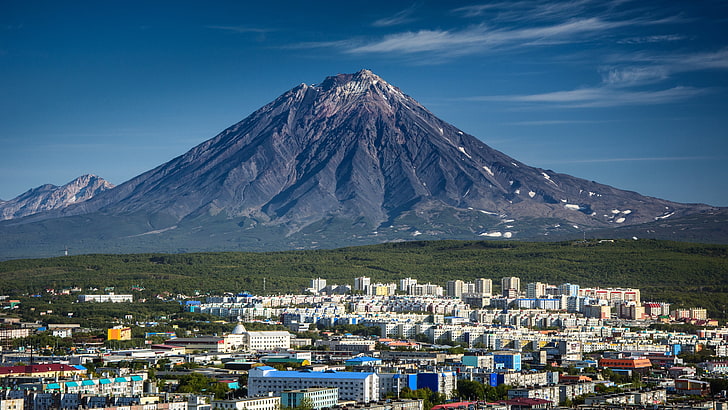
Located in the Russian Far East, Petropavlovsk-Kamchatsky is a city surrounded by volcanoes, including the active, snowcapped Koryakskaya Sopka volcano. The city is inaccessible by road; the only way to reach it is by flying.
Those who make the journey will find an active city center filled with monuments, squares, and churches. The city is nestled against Avacha Bay, perfect for waterside strolls and whale-watching tours.
Volcano tours are a must when visiting Petropavlovsk-Kamchatsky, but skiing on Krasnaya Sopka Mountain and visiting the world’s only Museum of Salmon are also highly recommended. Additionally, the Vulcanarium Museum offers a fascinating insight into volcanoes and a rare opportunity to touch lava.
How to Get There from Moscow:
Public Transport:
- By Plane: The only way to reach Petropavlovsk-Kamchatsky from Moscow is by air. Direct flights take about 8-9 hours, with ticket prices ranging from $200 to $500.
Private Transport:
- By Private Charter: While not a common option due to the high cost, private charters are available. Prices vary widely based on the service provider and aircraft type.
Best Time to Visit:
The best time to visit Petropavlovsk-Kamchatsky is during the summer months (June to September) when the weather is milder, and outdoor activities like volcano tours, whale watching, and hiking are at their best. Winter (December to February) is ideal for skiing and enjoying the snowy landscapes, though be prepared for harsher weather conditions.
10. Vladivostok
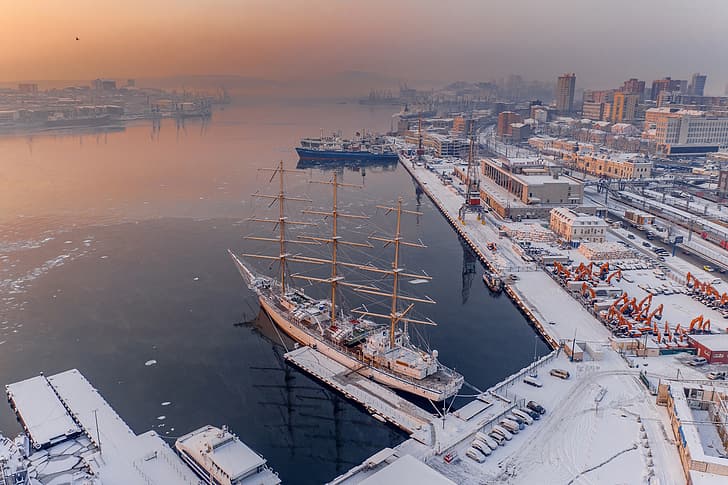
Situated near the borders with China and North Korea and just across the ocean from Japan, Vladivostok is Russia’s largest port city. A major stop on the Trans-Siberian Railway route, the city was off-limits to foreigners during the Soviet era and now attracts many visitors eager to explore its unique charm.
Vladivostok boasts numerous parks and public spaces, including Sportivnaya Harbor with its scenic beach and promenade, and the Eagle’s Nest viewpoint atop a hill, offering panoramic views of the city.
The city’s Russky Bridge is an architectural marvel and the longest cable-stayed bridge in the world at 1,885 meters. It connects Vladivostok to Russky Island, where visitors can enjoy Philippovsky Bay with its sandy beaches and explore the Voroshilov Battery, a fascinating military museum.
History enthusiasts will appreciate the WWII C-56 Submarine and the Museum Vladivostok Fortress, originally built to defend the city against potential Japanese attacks.
How to Get There from Moscow:
Public Transport:
- By Plane: The fastest way to reach Vladivostok from Moscow is by flying. Direct flights take about 8-9 hours, with ticket prices ranging from $200 to $500.
- By Train: The Trans-Siberian Railway offers a scenic but lengthy journey from Moscow to Vladivostok, taking approximately 6-7 days. Ticket prices range from $500 to $1,200 depending on the class of service.
Private Transport:
- By Car: Driving from Moscow to Vladivostok is a significant undertaking, covering around 9,000 kilometers and taking roughly 10-14 days. Car rentals range from $50 to $150 per day, excluding fuel and accommodation costs.
Best Time to Visit:
The best time to visit Vladivostok is during the late spring to early autumn months (May to September), when the weather is pleasant and ideal for exploring parks, beaches, and outdoor attractions. Summer (June to August) is particularly popular for enjoying the seaside and various outdoor activities. For those interested in winter sports or experiencing the city’s winter charm, the colder months (December to February) offer a unique, albeit chilly, experience.
How to tour all these destinations in a single sweep:
The budget-friendly Russian adventure, starting from exploring ten captivating destinations while keeping costs in check. Start your odyssey in Moscow, where you’ll spend three days soaking in the grandeur of the Kremlin, marveling at the iconic Red Square, and wandering through the ornate metro stations. From there, hop on a high-speed train to St. Petersburg, where another three days await you to delve into the treasures of the Hermitage Museum and stroll along the elegant Neva River embankments.
Next, fly eastward to Vladivostok, Russia’s gateway to the Pacific Ocean. Spend two days exploring the city’s vibrant streets, taking in panoramic views from the Eagle’s Nest viewpoint, and marveling at the engineering marvel of the Russky Bridge. Then, venture to the serene shores of Lake Baikal, flying to Irkutsk and taking a bus/ferry to Olkhon Island. Here, spend three days exploring the island’s rugged landscapes, visiting the National History Museum of Revyakin, and witnessing the enchanting “walking trees” phenomenon.
Continue your journey to the Altai Mountains, flying from Irkutsk to Gorno-Altaisk. Spend three days immersing yourself in the pristine wilderness, hiking through the mountains, and discovering the ancient Denisova Cave. Next, fly to Petropavlovsk-Kamchatsky, where two days of adventure await amidst the volcanic landscapes. Explore the Koryakskaya Sopka volcano, ski on Krasnaya Sopka Mountain, and gain insights into volcanic activity at the Vulcanarium Museum.
Transition to the coastal paradise of Sochi, flying from Petropavlovsk-Kamchatsky. Spend two days lounging on the sandy beaches, exploring the Mzymta River, and soaking in the vibrant atmosphere of the city. From there, journey to the historic village of Dargavs, taking a train or bus to Vladikavkaz and joining a local tour to the “City of the Dead.” Next, explore the cultural treasures of Kizhi Island, flying from Vladikavkaz to Petrozavodsk and taking a ferry to the island.
Conclude your Russian adventure in the mystical realm of the Russian Tundra, flying from Petrozavodsk to Murmansk. Spend two days marveling at the ethereal beauty of the Northern Lights, exploring the Great Arctic State Nature Reserve, and embarking on immersive tours of the tundra. To cut costs, book budget flights in advance, opt for overnight trains to save on accommodation, and sample affordable local cuisine. With meticulous planning and a spirit of exploration, this budget-friendly itinerary promises an unforgettable odyssey through the diverse landscapes and rich history of Russia.
At the conclusion:
This journey through Russia’s diverse landscapes and rich history offers an unforgettable adventure, from the grandeur of Moscow and St. Petersburg to the natural wonders of Lake Baikal and the Altai Mountains. By planning wisely, you can experience the cultural and natural treasures of Russia in one incredible trip, creating memories that will last a lifetime.
